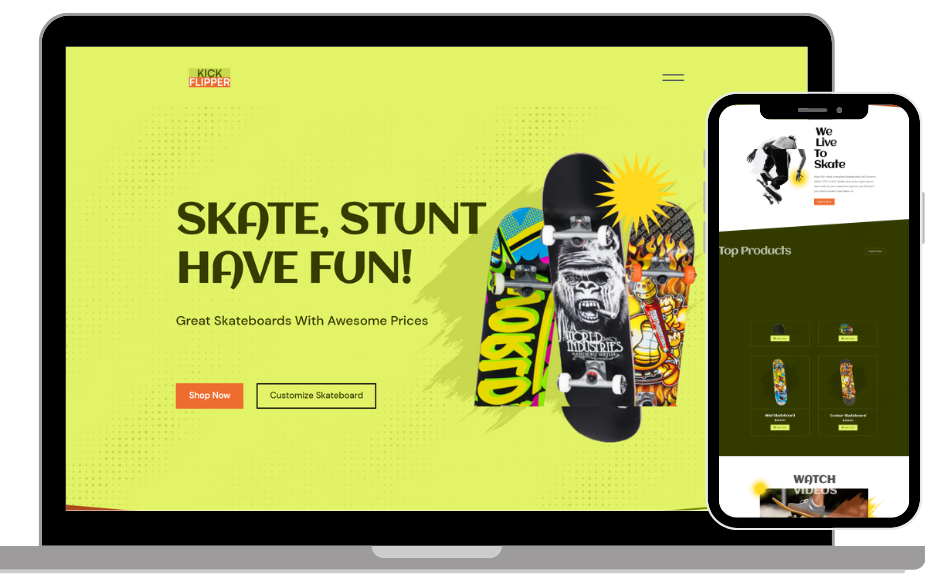Developing a robust social media strategy is essential for businesses looking to enhance their online presence, engage effectively with their audience, and drive significant results. In today’s digital age, social media platforms are powerful tools that can help you connect with your customers, build brand awareness, and grow your business. However, to harness the full potential of social media, you need a well-thought-out strategy that aligns with your business goals and resonates with your target audience.
In this comprehensive guide, we’ll walk you through the essential steps to create a winning social media strategy. From defining your goals and understanding your audience to choosing the right platforms and creating engaging content, we’ll cover all the critical aspects you need to consider. Additionally, we’ll explore the importance of utilizing visuals, engaging with your audience, monitoring performance, and staying updated with the latest trends. By following these steps, you can develop a social media strategy that not only enhances your brand’s online presence but also drives long-term business growth. Let’s dive in!
1. Define Your Goals
Start by identifying clear, achievable goals for your social media efforts. Your goals should align with your overall business objectives and be specific, measurable, attainable, relevant, and time-bound (SMART). Common social media goals include:
- Increasing brand awareness
- Driving website traffic
- Generating leads and sales
- Building a community around your brand
- Enhancing customer service
2. Know Your Audience
Understanding your target audience is crucial for creating content that resonates with them. Conduct market research to gather insights about your audience’s demographics, interests, behaviors, and preferences. Use tools like social media analytics and surveys to get a clearer picture of who your audience is and what they care about.
3. Choose the Right Platforms
Not all social media platforms are created equal. Each has its unique user base and content format. Choose platforms that align with your target audience and business goals. Popular platforms include:
- Facebook: Great for reaching a broad audience with diverse content.
- Instagram: Ideal for visual content and younger audiences.
- Twitter: Perfect for real-time updates and customer engagement.
- LinkedIn: Best for B2B marketing and professional networking.
- Pinterest: Excellent for visually-driven industries like fashion, food, and DIY.
4. Create Engaging Content
Content is the heart of your social media strategy. Develop a content calendar that includes a mix of different types of content to keep your audience engaged. Content ideas include:
- Educational posts: Share tips, tutorials, and industry insights.
- Entertaining content: Use humor, memes, and interactive content like quizzes.
- Promotional posts: Highlight your products, services, and special offers.
- User-generated content: Showcase content created by your customers.
- Behind-the-scenes: Give a peek into your company culture and operations.
5. Utilize Visuals
Visual content tends to perform better on social media. Use high-quality images, videos, infographics, and other visual elements to capture your audience’s attention. Tools like Canva and Adobe Spark can help you create visually appealing content even if you’re not a professional designer.
6. Engage with Your Audience
Social media is a two-way street. Engage with your audience by responding to comments, messages, and mentions. Ask questions, encourage discussions, and show appreciation for your followers. Building a community around your brand fosters loyalty and can turn followers into advocates.
7. Monitor and Analyze Performance
Track your social media performance using analytics tools available on each platform. Key metrics to monitor include:
- Engagement rate: Likes, comments, shares, and mentions.
- Reach and impressions: The number of people who see your content.
- Follower growth: Changes in your follower count over time.
- Click-through rate (CTR): The number of clicks on links in your posts.
- Conversion rate: The percentage of social media interactions that lead to desired actions, such as purchases or sign-ups.
Use these insights to refine your strategy, identify what works, and make data-driven decisions.
8. Stay Updated with Trends
Social media is constantly evolving, with new trends, features, and best practices emerging regularly. Stay informed about the latest developments and be ready to adapt your strategy accordingly. Follow industry blogs, attend webinars, and join social media groups to stay ahead of the curve.
Conclusion
By following these steps, you can develop a winning social media strategy that enhances your brand’s online presence, engages your audience, and drives business growth. Consistency and adaptability are key to long-term success in the dynamic world of social media. Remember, a well-executed social media strategy not only boosts your online presence but also builds strong connections with your audience, driving long-term business growth.




